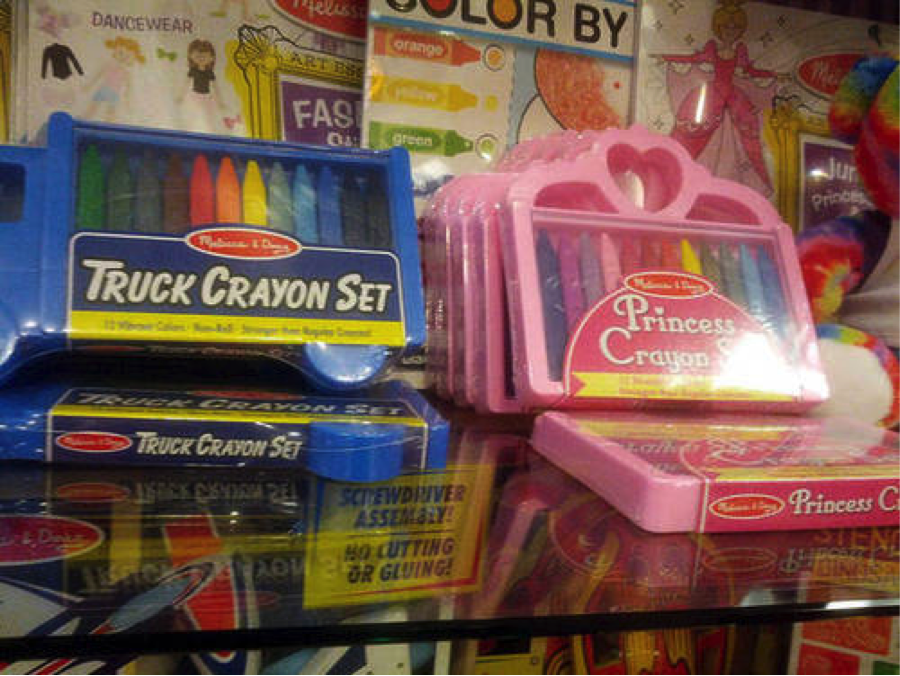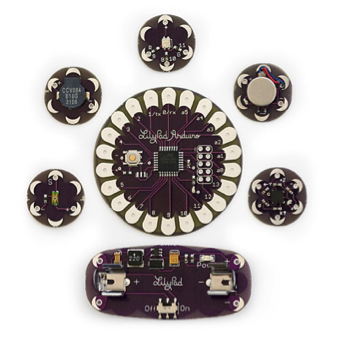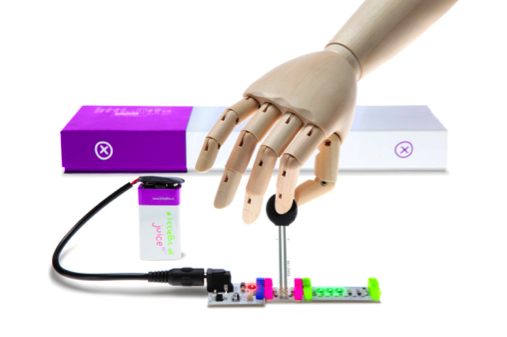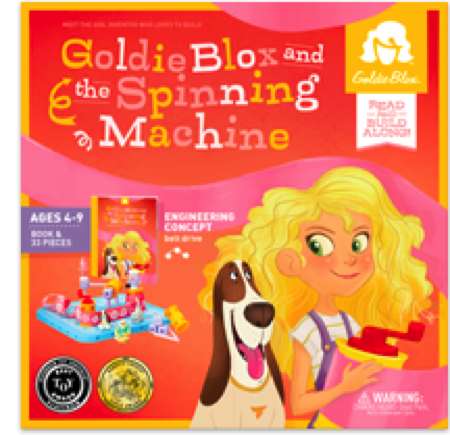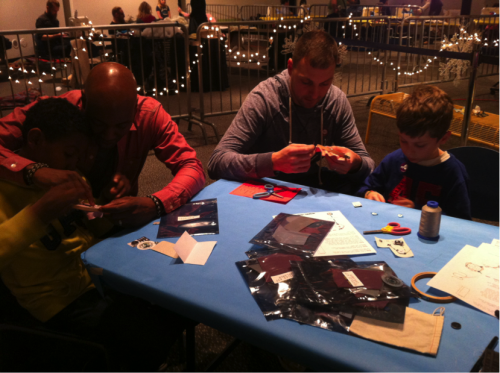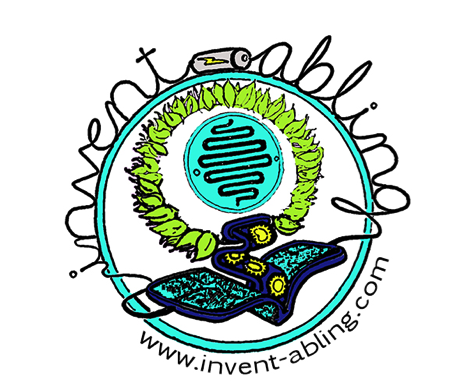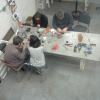Today we have a guest post from Deren Guler, a physicist, designer, and tinkerer and a wonderful human who is doing some amazing work with kids and DIY technology. She is interested in researching and developing technology that uses interactivity and computation to explore nature from a playful, educational, and sustainable approach. Designing accessible tools, particularly to improve the quality of life is her key motivator. She has lead community based interactive projects and workshops around the world to diverse audiences of all ages. Her work includes ReplayMyPlay, an energy-harvesting merry-go-round exhibit that was installed at the Carnegie Science Center. In Float Beijing she designed color-changing air quality (AQ) boards that were mounted on to kites to create a public display of the pollution level. She and her collaborator launched the project in Beijing, China in the summer of 2012 where Guler taught local residents how to solder and assemble their own AQ boards. With Invent-abling, she is working to create construction kits that expose children to an assortment of smart materials and electronic components for interactive craft projects.
Deren Writes:
About a year ago a friend of mine took me to Target to take a look at how toys are being branded and marketed these days. I was shocked to find that there was a blue aisle and a pink aisle, and the toys in them were extremely different, from packaging to content. I had just started working on a project to design kits that are focused on attracting girls to technology and hobby electronics. Though the trip was definitely eye opening, I decided immediately that I would never package or market my kits to match the branding in those aisles. I lead a project called “Invent-abling” focused on creating gender-neutral construction kits that inspire people to creatively explore topics in STEM (science, technology, engineering, and math). The target audience is children, specifically girls aged 7-13. I’ve been presenting the project and hosting workshops at schools, museums, makerfaires, and other venues for a little over a year and lately, I’ve been doing a lot of reflecting on the problems that I am trying to solve with Invent-abling. As my project grows I find myself leaning more towards a problem that I encounter, not just in toy stores, but also in workshops, and that is gender balance. Overall, I hope to give girls a positive experience that will lead them to consider working in a STEM field. I am also interested in how to get people to stop assuming that there are different kits or workshops for boys and girls. A question people ask about my kits that really puzzles me is: “which one is for boys and which one is for girls?” When I try to think of why they asked this question, a picture that I found while researching toy stereotypes comes to mind:
How can I make something that is clearly for both genders? Combining the pink and blue? Color and packaging have a big part in this, which is why I think the purple that lilyPad and littleBits is able to attract a diverse audience.
I’m not against all gender-stereotyped toys and I think there is an audience for them. I do hope products like Goldieblox will attract more young girls engineering, and I have met several young girls might not give a toy a second glance if it isn’t pink.
I’m not suggesting a giant market research to attract children to different colored boxes, as someone who works with children I know that they are generally attracted to anything that blinks or moves. Rather, I’m suggesting we encourage children to try whatever they are interested in, especially if it is a useful skill like sewing or building a model car. A recent article by the Huffington Post echoes this sentiment and gives wonderful examples if you are interested in reading more about gender branding.
Invent-abling tries to achieve this with open-ended kits that can be adapted to the liking of either gender. Sometimes it is as simple as choosing orange fabric over pink or blue, but often it takes more trial and error. I have been able to successfully engage the interest of hundreds of young boys and girls to learn about the topics in my kits and each workshop helps me develop a better solution. One piece of advice I can give to anyone working to make kits and tools for children is: try it out with as many kids as you can, even the ones you aren’t initially targeting.
Currently, there are 4 kits:
- “Textiles Explorer” teaches children how make a simple light circuit and switch using electronic textile components.
- “Switch Explorer” teaches children about electricity and circuits and enables them to build different mechanisms for activating a switch within a circuit.
- “Activating Origami” gives an overview of basic spatial and geometric concepts, and teaches how to animate their origami by adding a “paper circuit”.
- “Materials Explorer” teaches children about different chemical and physical properties that materials can have that make them a stimuli-reactive, or smart materials.
The most seemingly gender-biased might seem to be the textiles kit, but I have met several young boys who genuinely want to learn how to sew. Some of them have awesome dads who are willing to learn with them! The picture below is from a workshop I hosted at the New York Hall of Science in December 2013.
Unfortunately, I’ve also encountered many parents who have steered their sons away from the textiles kit and tried to point them towards another project. This is quite frustrating to me, as I consider sewing a fairly essential life skill. I’ve met boys who are not interesting in sewing, but they do not outnumber the girls who’d prefer not to sew; in fact it’s probably about equal. I think it is time we examine the stereotypes of boys and girls toys and try to fill in the gaps or build bridges between what either side is missing.
I hope to launch Invent-abling on a larger scale later this year and am currently working with some wonderful teachers to build a curriculum for the kits. If you are interested in learning more about the kits you can browse the website, or send me a message! You can even order them and try them out if you see something you like!
